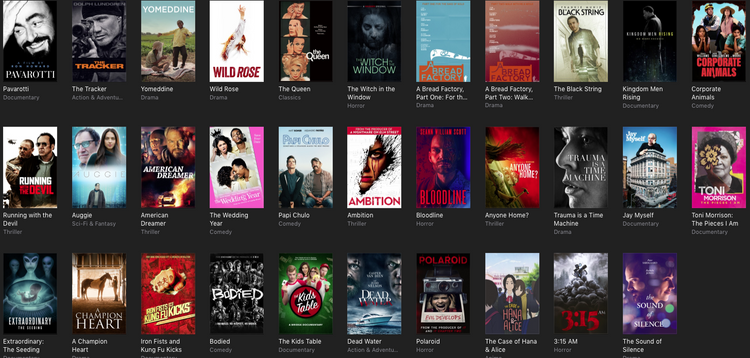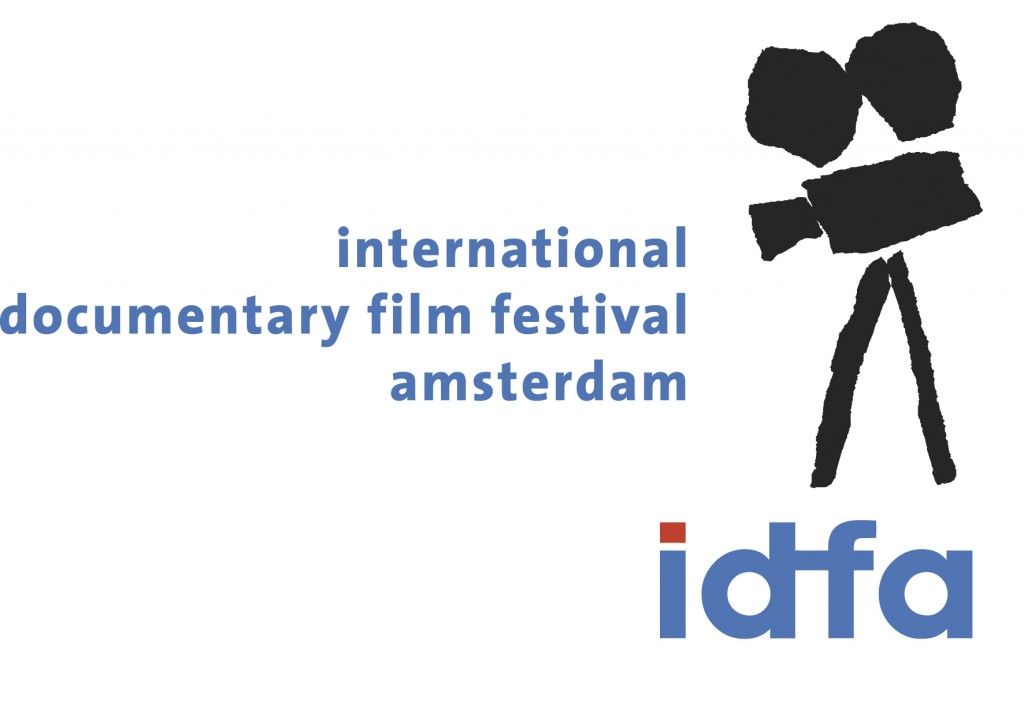Distribution: Aggregators vs. Distributors

In the wake of the seeming demise of Distribber, which was one of the main ways in which filmmakers could get their work up onto major online platforms, it seems that it is still important to indicate the difference between aggregators and distributors – as well as between the two main types of aggregators: aggregators […]
Heading to IDFA

I’m excited to be heading to the IDFA festival and market in Amsterdam today! I’ll be attending BritDocs Global Impact Producers Assembly on Saturday – then doing three presentations over the next 5 days: First on Sunday November 22nd 10am – 11:45 I will be doing a Distribution Crash Course for the newly launched […]
Distribution Case Study – “Finding Hillywood”

Written by Leah Warshawski (Producer/Director) / Introduction by Jon Reiss I recently wrote a two part article featuring four documentary filmmakers who pursued hybrid releases with their films and who were generous enough to share the real data from their films’ releases – Transparency: Four Filmmakers Give Up the Gold Pt1 and Pt 2. Upon reading […]
Distribution Transparency: Four Filmmakers Give Up the Gold Pt 2

Wednesday’s post looked at Neil Berkeley and Judy Chaikin as two filmmakers who wanted to create a theatrical release for their films to boost visibility, increase ancillary value and learn for themselves how to operate in the new hybrid model of distribution and marketing. Today we will look at Paco de Onís the company Skylight […]
Distribution Transparency: Four Filmmakers Reveal Their Distribution Numbers, Part One

Alternative distribution models are no longer the experiment, but are now the norm for the vast majority of filmmakers. However because of a variety of reasons, including not least contract obligations and a fear that exposing numbers may not show the filmmaker in the best light, many filmmakers have been reticent to give out […]
Launching New TOTBO Workshop Webclips
I am kicking off a series of excerpts from my Think Outside the Box Office Master Classes today on my new YouTube Channel TheJonReiss. I am rebooting my YouTube channel because even though I had some decent views on YouTube.com/jfilm1 – it didn’t feel like that accurate or searchable. Since I am going to start […]
Distribs, theaters take on new media
Check out this interesting new article in Variety on the ever-changing world of film distribution. Yours truly was one of Gregg’s sources. Firstrun screenings have become events by Gregg Goldstein Can kung-fu fighting monks, cave screenings and feral, caged Santa Clauses save the movie biz? Exhibitors sure hope so. Around the globe, theaters and distribs […]
Five Question Q+A with Jon Reiss for NAMAC
I recently did a short Q+A for Rachel Allen with the National Alliance for Media Art + Culture (NAMAC). NAMAC is an invaluable resource of independent film, video and multimedia organizations, and I recommend everyone checks them out. Five Question Q+A with Jon Reiss by Rachel Allen Meet Jon Reiss. Jon is a filmmaker (Bomb […]
Putting Chilean Film on the Map

On Thursday and Friday of this week (Oct 20-21) I will be at the Flyway Film Festival, presenting my two-day Think Outside the Box Office workshop on the ever-changing world of hybrid distribution and marketing. Today, though, I am thrilled to share a guest post from Chilean filmmaker Bernardo Palau whose first feature film ‘Saving […]
Filmmakers: Know Your Goals and Your Audience
It is essential to determine the goals of a particular project’s release before employing any strategy for that launch. (Note—these goals are potentially different from those envisioned by the filmmakers when they set out to make their film.) In order to evaluate the success of a film’s release, one must first identify the filmmakers’ original objectives in releasing their film.